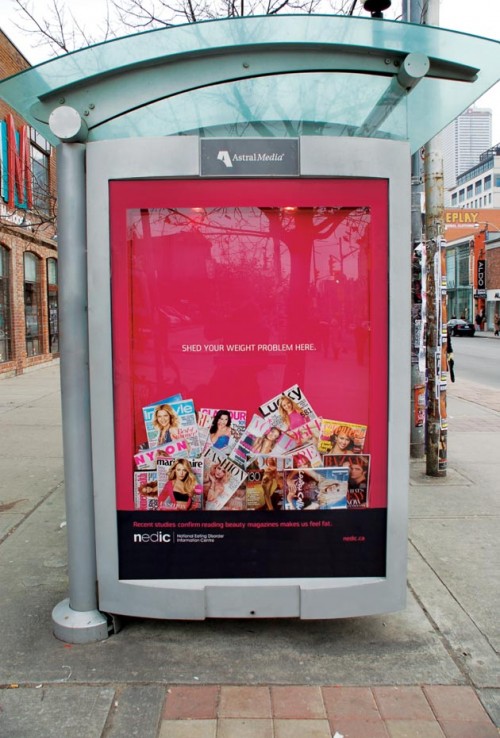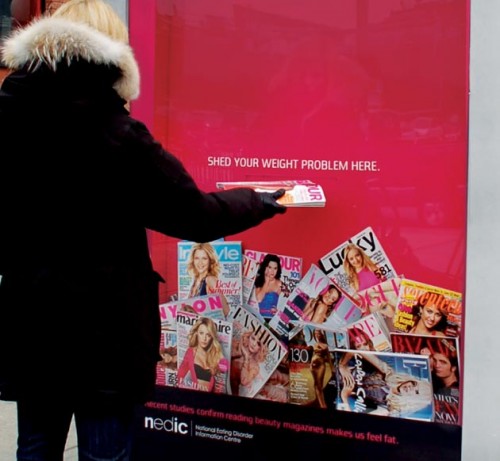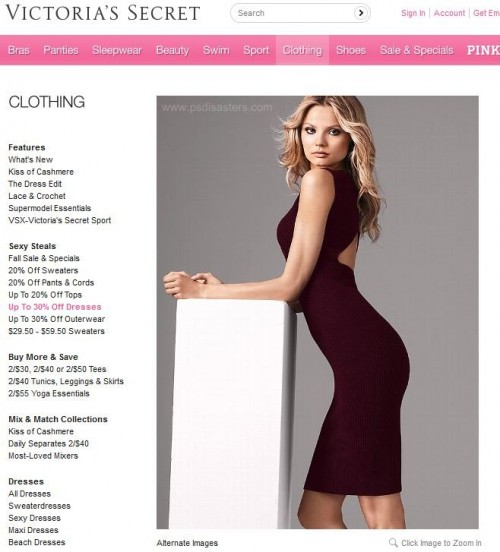Our recent post collecting examples of creative resistance to sexually objectifying advertising was a big hit, which makes me think y’all are going to love this one. The National Eating Disorder Information Center paid to put up a creative ad/trash can. It reads “Shed your weight problem here” and encourages passers-by to dispose of their fashion magazines.

 Another great example of how organizations can creatively push back against the harmful messages spread by corporations for profit.
Another great example of how organizations can creatively push back against the harmful messages spread by corporations for profit.
Lisa Wade, PhD is an Associate Professor at Tulane University. She is the author of American Hookup, a book about college sexual culture; a textbook about gender; and a forthcoming introductory text: Terrible Magnificent Sociology. You can follow her on Twitter and Instagram.































